Growth in Automotive Electronics
The MEMS-Based Oscillator Market is likely to see substantial growth due to the rising integration of electronics in the automotive sector. As vehicles become more sophisticated with advanced driver-assistance systems (ADAS), infotainment systems, and electric vehicle technologies, the demand for reliable timing solutions is increasing. MEMS oscillators provide the necessary precision and stability required for these applications. The automotive electronics market is projected to grow at a CAGR of around 7% in the coming years, indicating a strong potential for MEMS oscillators to play a critical role in enhancing vehicle performance and safety features.
Increased Focus on Miniaturization
The MEMS-Based Oscillator Market is experiencing a trend towards miniaturization across various sectors. As industries strive to develop smaller, lighter, and more efficient devices, the demand for compact timing solutions is rising. MEMS oscillators, known for their small size and high performance, are becoming increasingly popular in applications ranging from telecommunications to consumer electronics. This trend is likely to continue, as manufacturers seek to optimize space and enhance device functionality. The miniaturization trend suggests a favorable outlook for the MEMS-Based Oscillator Market, as it aligns with the broader movement towards more efficient and compact electronic solutions.
Advancements in Wearable Technology
The MEMS-Based Oscillator Market is significantly influenced by advancements in wearable technology. As health monitoring devices, fitness trackers, and smartwatches gain popularity, the need for compact and efficient timing solutions becomes paramount. MEMS oscillators are particularly advantageous in these applications due to their small form factor and low power consumption. The wearable technology market is anticipated to expand rapidly, with projections indicating a CAGR of over 15% in the next few years. This growth presents a promising opportunity for the MEMS-Based Oscillator Market to cater to the evolving demands of consumers seeking innovative and reliable wearable devices.
Rising Demand for Consumer Electronics
The MEMS-Based Oscillator Market is experiencing a surge in demand driven by the proliferation of consumer electronics. As devices such as smartphones, tablets, and wearables become increasingly ubiquitous, the need for precise timing solutions has escalated. MEMS oscillators offer advantages such as compact size, low power consumption, and high stability, making them ideal for these applications. According to recent data, the consumer electronics sector is projected to grow at a compound annual growth rate (CAGR) of approximately 6% over the next few years. This growth is likely to further bolster the MEMS-Based Oscillator Market, as manufacturers seek to enhance device performance and reliability.
Expansion of Telecommunications Infrastructure
The MEMS-Based Oscillator Market is poised to benefit from the ongoing expansion of telecommunications infrastructure. With the rollout of 5G networks, there is an increasing requirement for high-performance timing solutions that can support the enhanced data rates and connectivity demands. MEMS oscillators are well-suited for this purpose due to their ability to provide accurate frequency references in compact packages. The telecommunications sector is expected to invest heavily in infrastructure upgrades, which could lead to a significant increase in the adoption of MEMS oscillators. This trend suggests a robust growth trajectory for the MEMS-Based Oscillator Market as it aligns with the needs of modern communication systems.

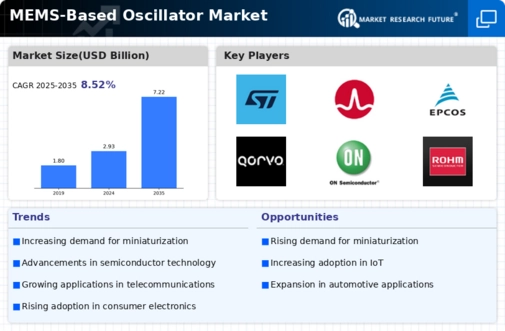
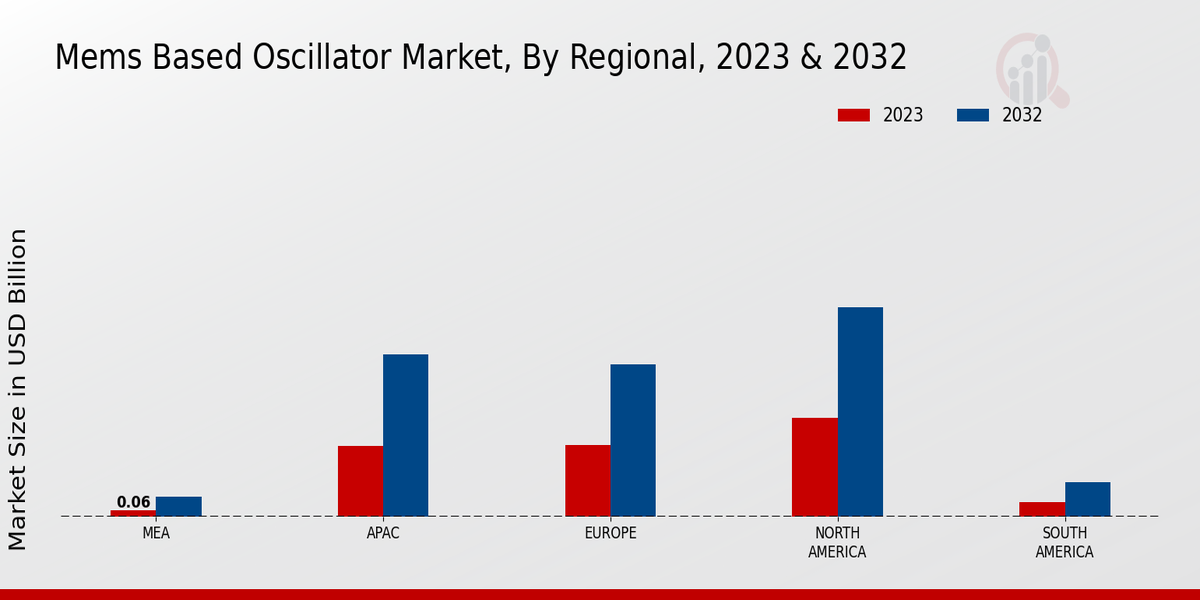
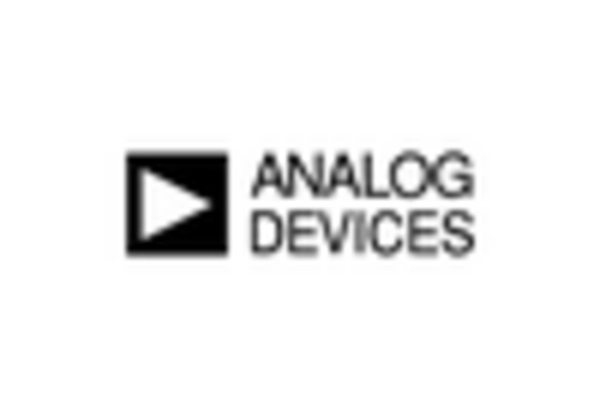
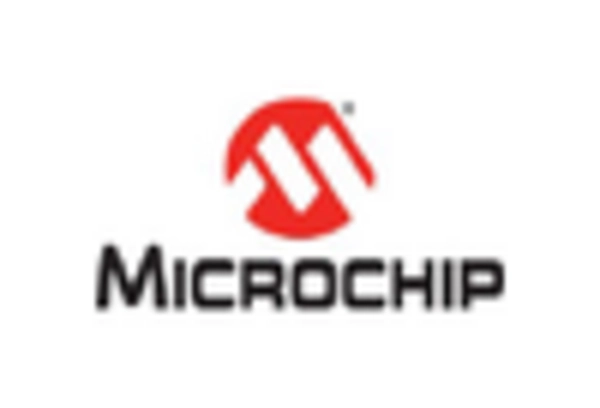

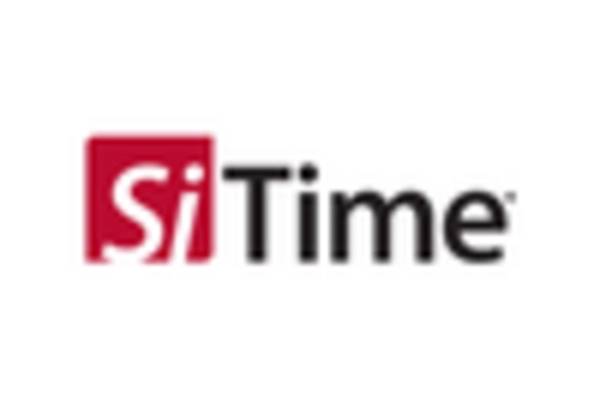
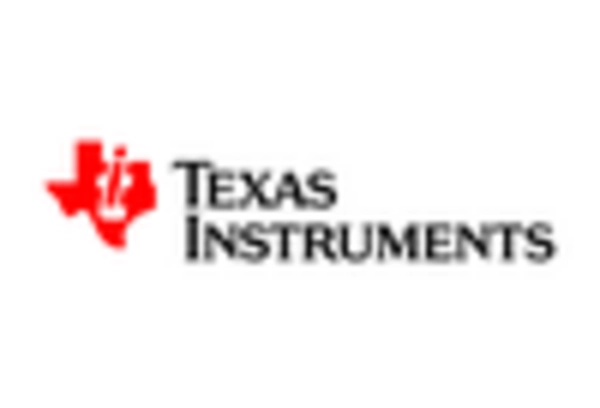








Leave a Comment